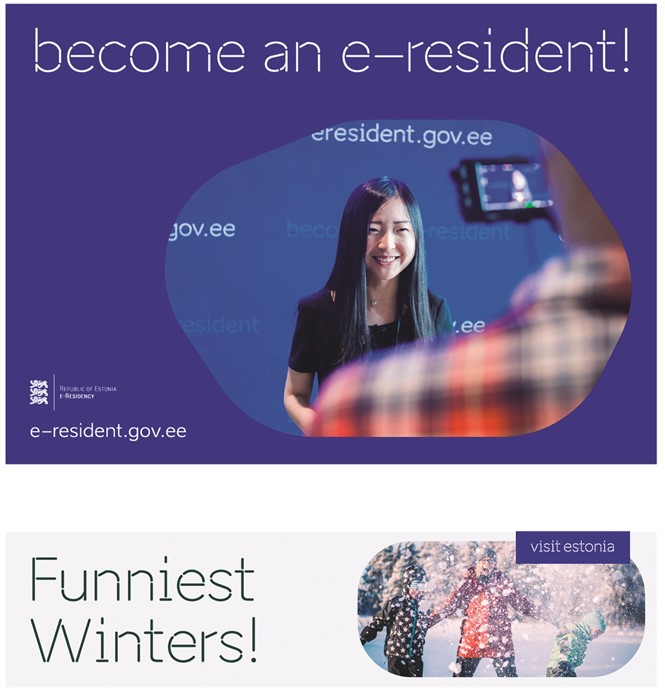Place branding: Estonia

Shrugging off the legacy of the Soviet Union, Estonia is leading
the way among Baltic states toward crafting a new identity for itself. Amy Sandys reports on its approach to nation branding
Until 1991, the country of Estonia was part of the Soviet Bloc. With fellow Baltic states Lithuania and Latvia, Estonia was another cog in the Soviet socialist machine, its 40-year occupation just one part of a historic trend of Estonia’s denial of any independent identity.
Following the collapse of the Eastern Bloc and the opening of trade to the former USSR, Estonia’s people were determined to forge a new path to economic, social and political freedom – and show the world what the country has to offer. “These days, every place in the world wants to market its unique identity, to attract tourists and investors,” says Piret Reinson, former head of marketing at Enterprise Estonia, the agency responsible for promoting Estonia abroad. “Now, the country is definitely on the world map.”
But the country’s first serious attempt at launching a place brand in 2002 was too narrow in focus. Determined to challenge longstanding centres of tourism in central and western Europe, the ‘Welcome to Estonia’ brand communicated the nation’s commitment to building an open and welcoming society. The main point, however, of ‘Welcome to Estonia’ became its main issue. The brand’s sole focus on tourism negated Estonia’s surge ahead in digital capabilities and the country’s entrepreneurial business environment. For Reinson, it did not communicate the country’s latent potential. “A national identity should compile everything – history, culture, investment potential, credit worthiness, economic opportunities, tourism potential and international relations,” Reinson says. “Since 2002, Estonia has made a huge leap forward as the most digitally advanced country in the world – our entrepreneurs, trade associations and public sector all needed modern material for introducing Estonia.”
In August 2016, and at an expense of €200,000, the Estonian Design Team worked under Enterprise Estonia to produce a brand platform that is digital-first in all aspects. “Estonia is known in the world as digital country, so the special typeface created for Estonia, Aino, was created keeping in mind the communication in digital channels,” says Reinson. Enterprise Estonia oversaw the project’s design and strategy, creating a welcoming, bright and forward-thinking identity befitting the country’s outputs. But flexibility in its design ensures any difficulties in repositioning Estonia from ex-Soviet nation to world leader in digital communication are tackled on a sector-by-sector basis.
The Estonian Design Team’s approach allows for flexibility as sectors adapt their personal identity according to need. Additionally, since 2014 its government has offered entrepreneurs the opportunity to become an ‘e-resident’ of Estonia through the application of a unique digital identity. Location notwithstanding, there is now ample opportunity for ‘e-residents’ to run online businesses and gain access to Estonian services such as online banking. Truly global in scale, boasting 30,000 people from 139 countries, for Reinson, “The flagship of [Estonian] digital society is our e-residency program.” While Estonia still attracts around 3m visitors per year, Reinson views Estonia’s ongoing commitment to a digital-first future as truly defining what the country, and its citizens, stands for.
“Citizens need to know what defines them as being part of a nation, what they have in common and why they should be proud of – because you cannot attract people if you don’t start by being proud of yourself,” she says. “I think it is even more relevant for a country like Estonia, whose identity was denied for such a long time.” Nurturing pride is key to any successful place brand, but for Estonia the concept of citizenship is integral.












